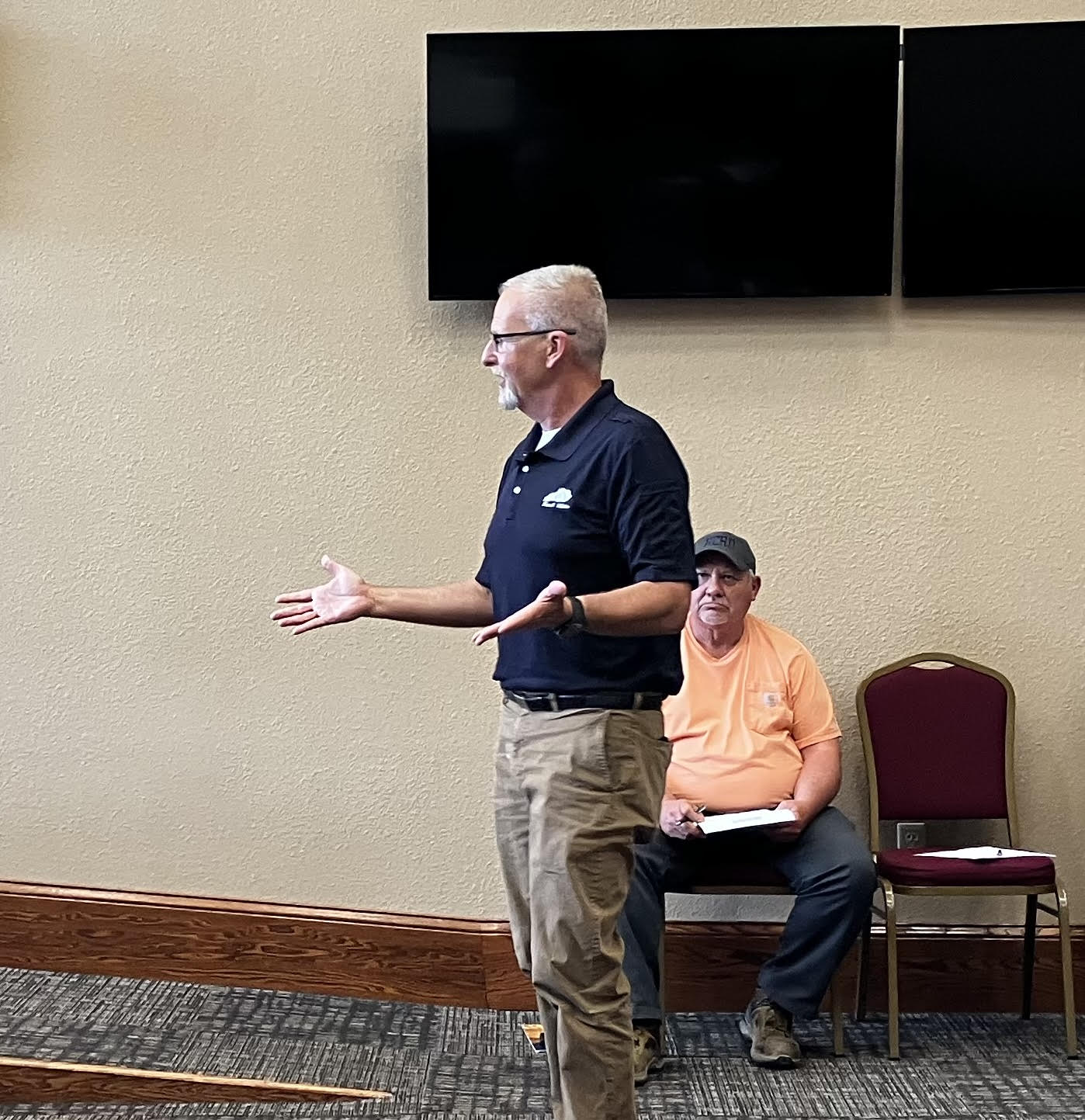Roark: Hiking into the past
Published 5:12 pm Monday, March 18, 2024

- Steve Roark
|
Getting your Trinity Audio player ready...
|
By Steve Roark
Contributing Writer
Human archaeology normally involves the study of things left by ancient people in ancient times. Still, it is also interesting to observe more recent signs that people lived in our area within the last 150 years or so. Many places that appear to be natural, untouched forests were greatly impacted by human presence. I find it intriguing to seek out visible clues and try to figure out what took place many years ago. Here are some indicators that humans impacted the landscape, particularly in a forest.
Pure pine, yellow poplar, or cedar stands
All of these trees are known as pioneer species, meaning they move into a disturbed area quickly before anything else does. Abandoned old fields are ideal areas for pioneer trees to populate, so it is possible the forest you’re standing in was not a forest at all several decades back. Usually, the trees are all the same size and kind. All pioneer species require full sunlight to survive, so something happened to the land to create open conditions. Land clearing, a hot wildfire, or a heavily harvested forest can provide conditions where pioneer species can grow.
Rock piles
If the forest is on a gentle slope and has piles of rocks in it, chances are it was once a field where rocks were carried out and piled up to allow crop cultivation. If the rocks are fairly flat farmers would often build stone fences out of them, or a square rock column referred to as a cairn, an old Scots-Irish tradition. They were often built as a monument of some sort, such as a boundary corner or even a burial site, but sometimes they built them just because.
Old wire fence
Wire fencing was of course used to keep cattle either in or out, plus was commonly used along boundary lines. Sometimes, all you can find is a little wire sticking out of a large tree it was nailed to, or you may find a stretch of old wire lying on the ground. Old boundary lines often have large trees lining them because neither neighbor cut trees close to the line.
Old house sites
These interest me most of all, and there are a number of signs that a house once stood where trees do now. An old chimney, a cistern, old concrete walks, rock retaining walls, and large rocks arranged in a square pattern that served as a house foundation. Small cabins often only had large rocks at each corner. Other signs of an old house site are landscape plants such as daffodils, daylilies, yucca (also called Spanish bayonet), English ivy, periwinkle, forsythia, boxwood and many other non-native ornamental plants. Old apple and pear trees can often be found near a home site, along with large old black walnut trees.
With a sharp eye you can find many signs of human impact on the land, and it makes walks in the woods more interesting.
Steve Roark is a volunteer at Cumberland Gap National Historical Park.





